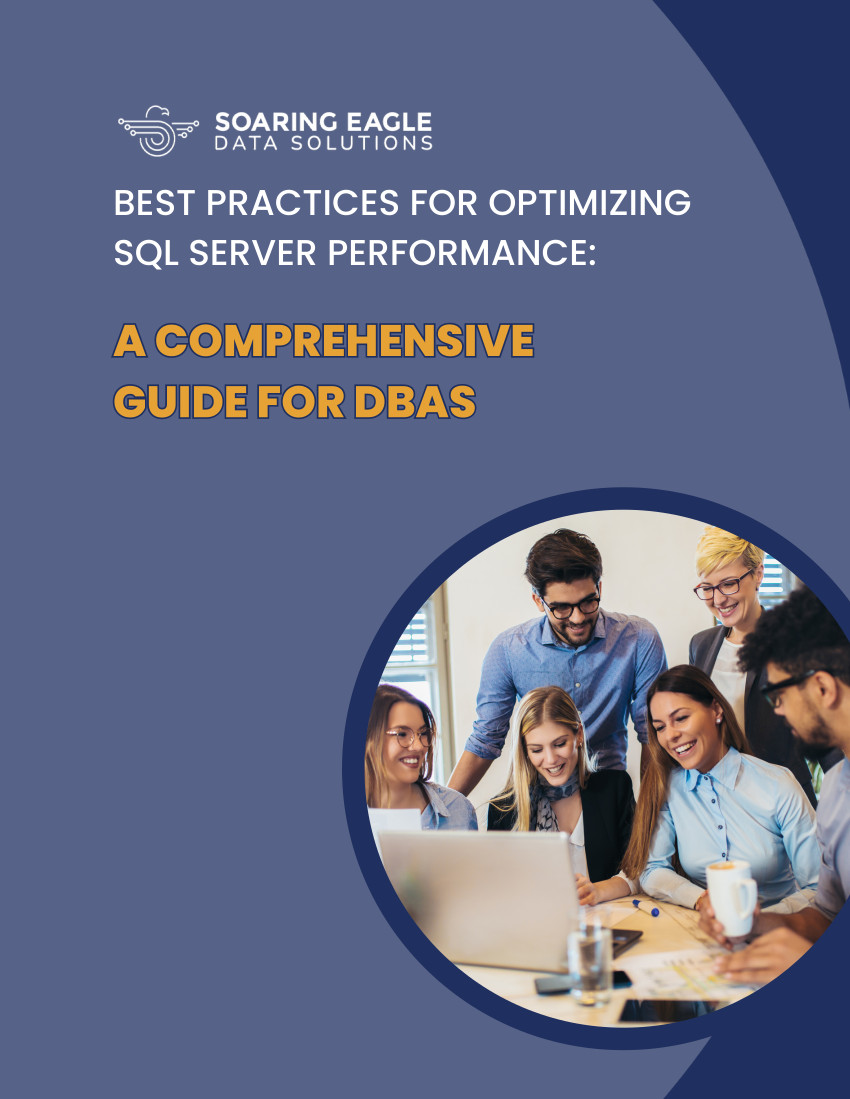It’s hard to keep track of popular IT Terminology
It’s even harder to know what is just a buzzword the bloggers are hyped about and what you need to be paying attention to. Data Lakes, Data Warehousing, Data Management, Interoperability. What does it all mean? What are the differences?
What is a Database?
A database is a group of data stored in tables, which consists of rows and columns that represent attributes. Each one of the rows in the database represents a single entity. The simplest version of a Database is an Excel spreadsheet. In fact, many database environments were / are designed to make Excel more scalable and powerful.
Many SaaS products are just interfaces for a database. Most Electronic Healthcare Record products (EHRs) do exactly that. Those SQL Licenses you are paying for are the foundation of these products. These databases are almost always required to be made to match each application and can’t be used for multiple applications. Transactions, like credit card processing, are reliant on the architecture of the database and the way it interacts with the Application to perform all of it’s queries promptly.
A Database Management System is the software used to help manage databases. Some of the most popular DBMS include MySQL, MSSQL, Oracle, and PostgreSQL. Users write queries in Structured Query Language (SQL) to manage the data stored in the database. The method of executing queries in the database is called Online Transactional Processing.
What is a Data Warehouse?
A Data warehouse is a system built to take data, perform integration, and process data that can be used for visualization. Data Visualization is a powerful way of doing Business Analysis. Data warehouses can be designed and built to be subject-oriented, integrated, time-variant, and nonvolatile. The most business critical aspect of a Data Warehouse is the way it helps you use data across the company, especially when it comes to Data Interoperability and Business Intelligence.
Business Intelligence helps improve the business. It turns data into useful information for business analysis and supports business insights for end-users.
A company can have several database types, like Oracle or MySQL. As it is not possible to directly visualize the data in these databases, data warehouses provide a solution.
The method for extracting data from source systems and taking it into the data warehouse is called ETL, which stands for extraction, transformation, and loading. Then the data warehouse performs analytics using OLAP strategy, which means Online Analytical Processing. Lastly, the analyzed data can be loaded into data visualization tools for data analysts and data scientists to take business insights. Moreover, the information in the data warehouse can be sorted into data marts, which contain data for specific users and provide more security and data integrity.
Usually, the data warehouse is in a separate location from the standard operational databases.
Can I buy a data warehouse?
 A data warehouse is not a product a company can purchase. It should be designed according to company requirements. No two companies are using the same applications, reports, and SaaS products, and therefore can not use a data warehouse interchangeably.
A data warehouse is not a product a company can purchase. It should be designed according to company requirements. No two companies are using the same applications, reports, and SaaS products, and therefore can not use a data warehouse interchangeably.
What are some Critical Differences Between Data Warehouse and Databases?
Some essential differences between data warehouses and databases are:
Databases are mainly used for recording data. On the other hand, data warehouses are designed for analyzing data. Databases are normally optimized for read-write operations of single-point transactions, while data warehouses are applied for big analytical queries.
Databases are a collection of application-oriented data. On the contrary, data warehouses focus on a category of data. Databases are limited to single applications and aim only at one process at a time. Data warehouses provide storage for data of any given number of applications. They may contain countless applications as needed.
Another difference between database and data warehouse is that databases are real-time data providers, while warehouses serve as a source of data to be accessed for analysis and decision making.
Data-driven business environments can work if they have fast and reliable databases and data warehouses for recording, analyzing, and accessing data. It is vital to understand the difference between database and data warehouse to allow real-time data migration.
Data warehousing can play integral part of a Master Data Management process. The duties of an MDM project and a Data Warehouse overlap so that typically both projects will occur at the same time. A well built Data warehouse will play a key role in understanding the Source of Truth and how it interacts with your applications and business processes, as well as the Interoperability of your data.



